Edu / Waterscape. Designing settlements for sustainable coastal territories_PaPs at Faculty of Architecture, Alghero, Sardinia (Italy)
Waterscape. Designing settlements for sustainable coastal territories_PaPs at Faculty of Architecture, Alghero, Sardinia (Italy)
Department of Architecture, Design and Urbanism - DADU of the University of Sassari, the Faculté d'Aménagement, d'Architecture, Art and Design of Université Laval in Québec (Canada) and the Autonomous Region of Sardinia - Department of Labor, Vocational Training, Cooperation and social Security opened 3 new Master courses in May, 2014: Waterscape, Mediteranian Landscape Urbanism and Sustainable and affordable housing.
If you want to know more about collaboration and opening conference Un ambiente internazionale click here or about PaPs presentation within - click here.
Public art & Public space - PaPs program was particicipated by lecturing within Master course: Waterscape. Designing settlements for sustainable coastal territories, at Faculty of Architecture, Alghero, Sardinia (Italy). Below you can see the progream of lecturing with abstracts:
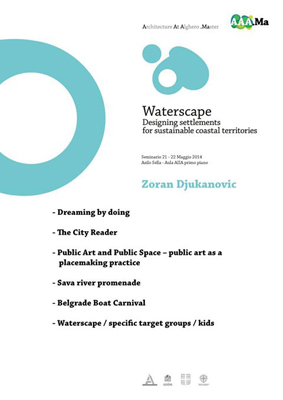
Dreaming by doing
http://issuu.com/publicartpublicspace/docs/belgrade_fortress_dream_book
http://issuu.com/publicartpublicspace/docs/incomplete_dream_of_belgrade_continuity
http://www.publicart-publicspace.org/publications/books/urbophilia
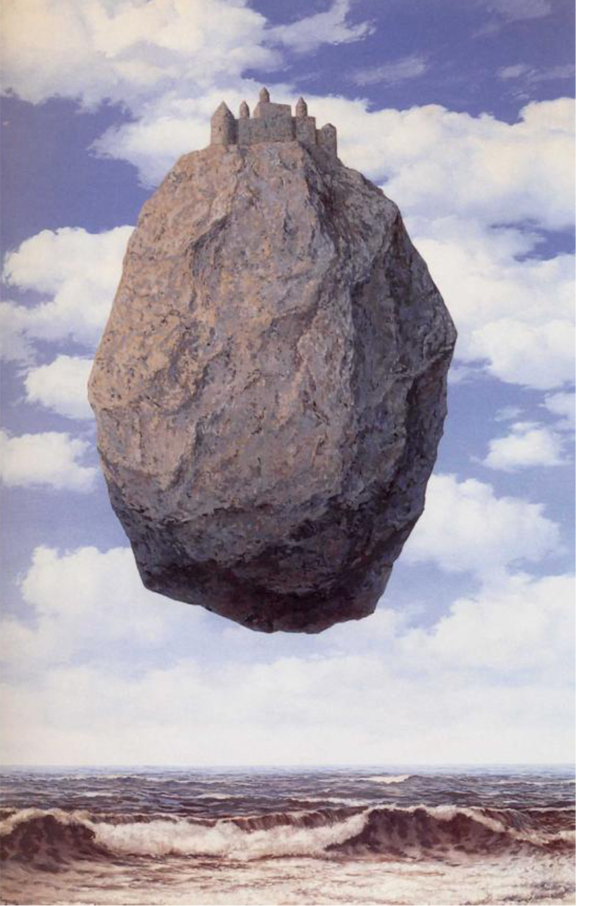 This lecturing topic includes personal obsessions – some kind of personal/professional statement/credo – material and immaterial in architecture and urbanism – based on Lefebvrian theory of space – production of space. This presentation is self confident – it flourishing continuously during last few years so much that I don’t dare to stop it by my own. It has an ambition to problematize traditional way of understanding of a wider frame of the field of architecture. Some thesis: architecture; art; culture; place; plan; draft; man; architecture; sense; translation; context; diversity; dream; reality; expert; tools etc.
This lecturing topic includes personal obsessions – some kind of personal/professional statement/credo – material and immaterial in architecture and urbanism – based on Lefebvrian theory of space – production of space. This presentation is self confident – it flourishing continuously during last few years so much that I don’t dare to stop it by my own. It has an ambition to problematize traditional way of understanding of a wider frame of the field of architecture. Some thesis: architecture; art; culture; place; plan; draft; man; architecture; sense; translation; context; diversity; dream; reality; expert; tools etc.
"Architecture is always dream and function, expression of a utopia and instrument of a convenience" [Barthes R. (1979) La Tour Eiffel].
"Cities, like dreams, are made of desires and fears, even if the thread of their discourse is secret, their rules are absurd, their perspectives deceitful, and everything conceals something else" [Calvino I. (1972) Le città invisibili].
"Without leaps of imagination or dreaming, we lose the excitement of possibilities. Dreaming, after all is a form of planning" [Steinem G.].
The City Reader
http://issuu.com/publicartpublicspace/docs/city_and_design/3?e=7287863/5010135
http://www.publicart-publicspace.org/publications/books/placemaking-public-art
http://www.publicart-publicspace.org/publications/books/urbophilia
http://issuu.com/publicartpublicspace/docs/incomplete_dream_of_belgrade_continuity
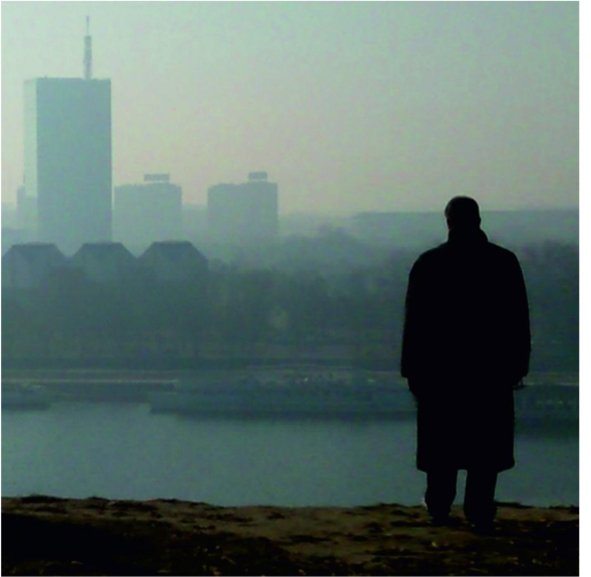 This is another one personal obsessions – an operationalization of the “dreaming by doing”. City is the sign. But, those signs aren’t obvious always. Moreover, even if they are obvious, they still aren’t readable for all. Traditional view on history of humankind is the history of material world (Stone Age, Bronze Age, Iron Age and etc.). But, material is just one of expressions of the city. What about an immaterial expression of urban life? How to become a city reader? Some thesis: meaning of the city; culture and the city; city as an “oeuvre” – the art of an ordinary life [Lefebvre H.]; to be and to feel; how to read a city; cultural archeology; life and material; how to get an immaterial information from the material world...
This is another one personal obsessions – an operationalization of the “dreaming by doing”. City is the sign. But, those signs aren’t obvious always. Moreover, even if they are obvious, they still aren’t readable for all. Traditional view on history of humankind is the history of material world (Stone Age, Bronze Age, Iron Age and etc.). But, material is just one of expressions of the city. What about an immaterial expression of urban life? How to become a city reader? Some thesis: meaning of the city; culture and the city; city as an “oeuvre” – the art of an ordinary life [Lefebvre H.]; to be and to feel; how to read a city; cultural archeology; life and material; how to get an immaterial information from the material world...
If Henri Lefebvre was right when he wrote about “the city as oeuvre”, referring to the city as a work of art and urban space as a creative product and context for the everyday life routines of its inhabitants, then every citizen already is the crucial participator and creator in those processes of the production of urban space. That also means the image of the city is the participative product of collective creativity, but at the same time the vivid context of the everyday life routines of its inhabitants.
"A man cannot plan his own world without projecting himself into it" [Schwarz R. (1949) Von der Bebauung der Erde].
"The city is a projection of the society on the ground" [Lefebvre H.].
"Design creates culture. Culture shapes values. Values determine the future" [Peters R. L.].
Public Art and Public Space – public art as a placemaking practice
http://www.publicart-publicspace.org
http://www.publicart-publicspace.org/publications/books/placemaking-public-art
http://issuu.com/publicartpublicspace/docs/umetnost_u_javnom_prostoru/1?e=7287863/5035381
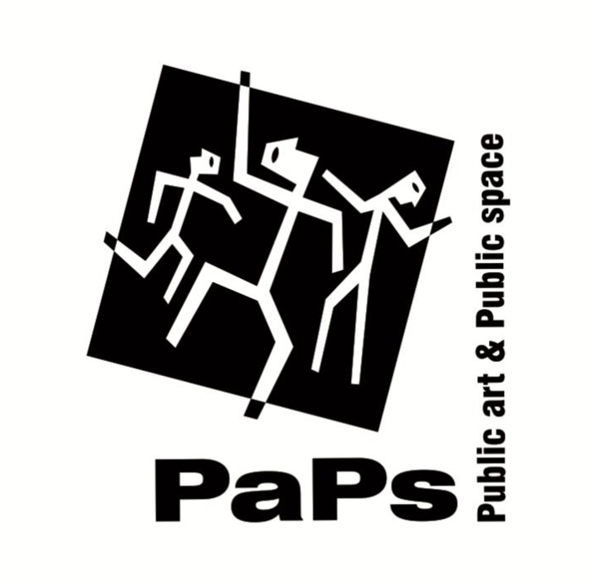
This presentation is an overview of the Public Art and Public Space program. Public art Public space (PaPs) is an educational interdisciplinary program that aims at integrating art into public spaces and city life as a way of improving their quality. It was established in 2003 at the Faculty of Architecture University of Belgrade, with a purpose to explore alternative approaches to academic urban design education. Recognition of the importance to educate students in the field of public art, as well as to train them to collaborate with different professions and local community in realization of their projects, motivated Scientific Board of Faculty of Architecture to institutionalize Public Art and Public Space as the official program. During the last ten years, Public Art and Public Space program explores possibilities for redefinition of public spaces use and design. Therefore it promotes interdisciplinary work of different professions and their strong collaboration with the local community on different projects in the civic realm. Through active participation of domestic and foreign experts that work together with students of University of Belgrade on different small projects - it tends to explore important themes for the development of the city of Belgrade and other cities and towns in Serbia.
Sava river promenade
http://www.publicart-publicspace.org/projects/projects/savas-promenade
http://issuu.com/publicartpublicspace/docs/sava_promenade_-_aneks130/88?e=7287863/7730612

This presentation shows one of the biggest urban design study/projects which I have made (with my colleagues and students) during last few years. It would be interesting for students to be introduced with the “small step toward the big vision” strategy in urban design practice. This study/project has been developed into the Public Art and Public Space program at Faculty of Architecture University of Belgrade with strong initiative and participation of Belgrade’s City Municipality of Savski Venac.
The Sava Waterfront Project is a public initiative of Belgrade’s City Municipality of Savski Venac (CMSV) aimed at promotion of public interest through betterment and revival of the riverfront public areas beneficial to the community and its life quality.
“The residents of Savski Venac as well as, we are sure, all other citizens of Belgrade expect the Sava waterfront to win back its position and get revitalized in accordance with the clearly determined City policy on the treatment and development of the City river banks. Their wish is to witness, experience and participate in the Sava waterfront redevelopment and ensure their activities and civic participation make the area begin to shape as one of the city’s most desirable quarters. As a result, organization of such initiatives and local and metropolitan prerequisites for their launch have become a permanent objective of the local government and the City Municipality of Savski Venac (CMSV) as a whole.
This Municipality will continually, up to its full potential, instigate and encourage studies, surveys, competitions, conceptual, program and spatial solutions for these areas. We shall set up and help set up workshops for both young and experienced urban planners, architects, designers, landscape architects and other professionals that can help shape up future development of the Sava waterfront. Their solutions are expected to be assessed by both general public and local residents and will be presented to the metropolitan and state authorities in the form of initiatives in order to achieve synergy of their common desires. In keeping with our present policy, CMSV will make all its resources available in order to facilitate simple, achievable and sustainable solutions primarily for the waterfront public areas with cultural and recreational relevance. It is our intention, in which we are perhaps somewhat impatient, to revive this stretch of the Sava waterfront, to get down to its banks and, through initiatives such as this one, together with the City of Belgrade, to set off the realization of a number of activities and projects.
As a result, CMSV made contact with the Faculty of Architecture at Belgrade University as the leading institution for such issues in our country commissioning a relevant proposal which would envisage the future development of the Sava waterfront in accordance with our intentions and civic initiatives for the revival and improvement of this area. Our request is in keeping with the policy and concept of the city growth, the best contemporary practices regarding revitalization and design of riverfronts and based on the respect for the spirit of the area and the collective memory of its residents.” [Djordjevic T.; the Mayor of the City Municipality of Savski Venac (2012)]
Belgrade Boat Carnival
http://www.publicart-publicspace.org/projects/annual-projects/002-paps-2004-belgrade-boat-carnival
http://retedigital.com/wp-content/themes/rete/pdfs/portus_plus/1_2011/Contribuciones/03_JelenaZivkovic_ZoranDjukanovic.pdf
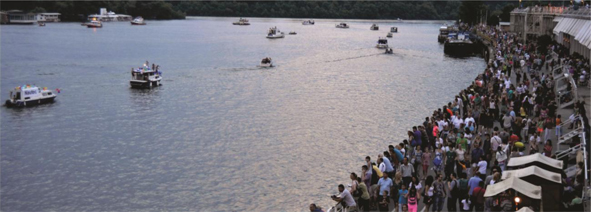
This presentation shows one of the biggest cultural events which I have made with my students during last few years. It would be interesting for students to be introduced with the initiation, organization and realization of the cultural which has deep impact in future life of the city. Today, Belgrade Boat Carnival is one of most important annual summer event. This event has been developed into the Public Art and Public Space program at Faculty of Architecture University of Belgrade with strong support and participation of Belgrade’s City Government.
Ten years ago, into the Public Art and Public Space program, we worked on a very specific and huge project where we used participation in the widest possible sense. It was the “Belgrade Boat Carnival”. Among the enormous number of problems with which we were faced, one of the biggest was real “labyrinth” of different fractious institutions that were in charge for different aspects river and riverbanks management. All those institutions worked separately and independently without any contact with the others. It was a truly mess. But, ten years after, “Belgrade Boat Carnival” still exists, and it is one of the most important traditional summer-happenings in Belgrade. In the meantime, the intensity of these events generated a dense flow and activity in and around the area.
The Belgrade Boat Carnival became an official Belgrade annual summer event. Since 2005, it has been run by the Tourist Organization of Belgrade and supported by the City Government. Belgrade became a member of the Federation of European Carnival Cities. This year the Belgrade Boat Carnival was held for the 7th time. But that was not all. Extensive cleaning of riverbanks also became an annual public action - aiming at raising ecological awareness. Finally, diversity of public art interventions and activities, number of visitors that attended Step to the River and Belgrade Boat Carnival events, and their broad public promotion, confirmed the importance and high development potential of the old Sava port. As a result, private investors, as well as the city and republic governments were stimulated to invest in the reconstruction of buildings and public spaces in the port area. In 2006, some parts of the old Sava port facility (Beton Hala) were converted into an exhibition space, a jazz club and an exclusive shop. Many concerts, exhibitions and other cultural events started to take place in the port area, confirming the cultural character of the new city-river integration. It became clear that the passenger port and the city life can benefit from each other.
Waterscape / specific target groups / kids
http://www.publicart-publicspace.org/publications/books/placemaking-public-art
http://issuu.com/publicartpublicspace/docs/umetnost_u_javnom_prostoru/1?e=7287863/5035381
.jpg) Different urban places are attracting different target groups to use them. Different users have different interests, needs but behaviors too. How to recognize specific target group? How to analyze them? How to work with them? How to motivate them to take a part in making decisions process? How to design for them? Livable city and lovable city.
Different urban places are attracting different target groups to use them. Different users have different interests, needs but behaviors too. How to recognize specific target group? How to analyze them? How to work with them? How to motivate them to take a part in making decisions process? How to design for them? Livable city and lovable city.
In the City of New York there are hundreds – thousands of Roma(s), Panama(s), Tokyo(s), Nairobi(s), Sidney(s) and etc. One opens the door of his own home and steps out – in the City of New York [Radovic D. (paraphrased aphorism)]
Tokyo is the archipelago of characters [Radovic D. (2012.)]
Place doesn’t exist in the nature. Place is designated by a man [Heidegger M.]
Design is not for philosophy it's for life [Miyake I.]
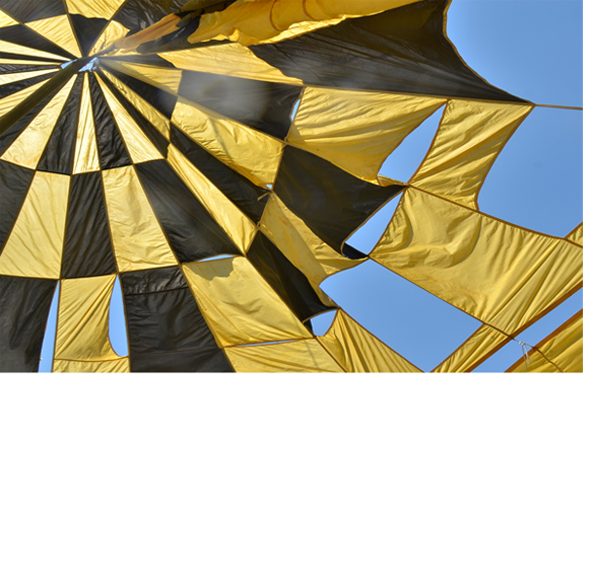 Case study for this tematic field was NGO "Beehive of Friendship", Novi Sad, Serbia - placemaking of waterfront space / sport and ecology camp for kids without adequat parental keeping. Lecture was held by Nađa Beretić.
Case study for this tematic field was NGO "Beehive of Friendship", Novi Sad, Serbia - placemaking of waterfront space / sport and ecology camp for kids without adequat parental keeping. Lecture was held by Nađa Beretić.
